All That Breathes: Gazing Upward and Outward
Sometime in the latter half of the film, Salik receives a frantic call from his mother, informing him about social unrest on the streets of Delhi. Seated in an auto-rickshaw with crates containing injured raptors, Salik assures her of his safety over the phone. He then watches a forwarded video about the unrest before putting the phone back in his pocket. Seconds later, he takes out a tiny squirrel from his chest pocket, and caresses it before putting it back in. It offers a tender moment of distraction, illustrating the way in which Shaunak Sen’s All That Breathes (2022) delicately deals with entanglements of fear, care, and resilience.
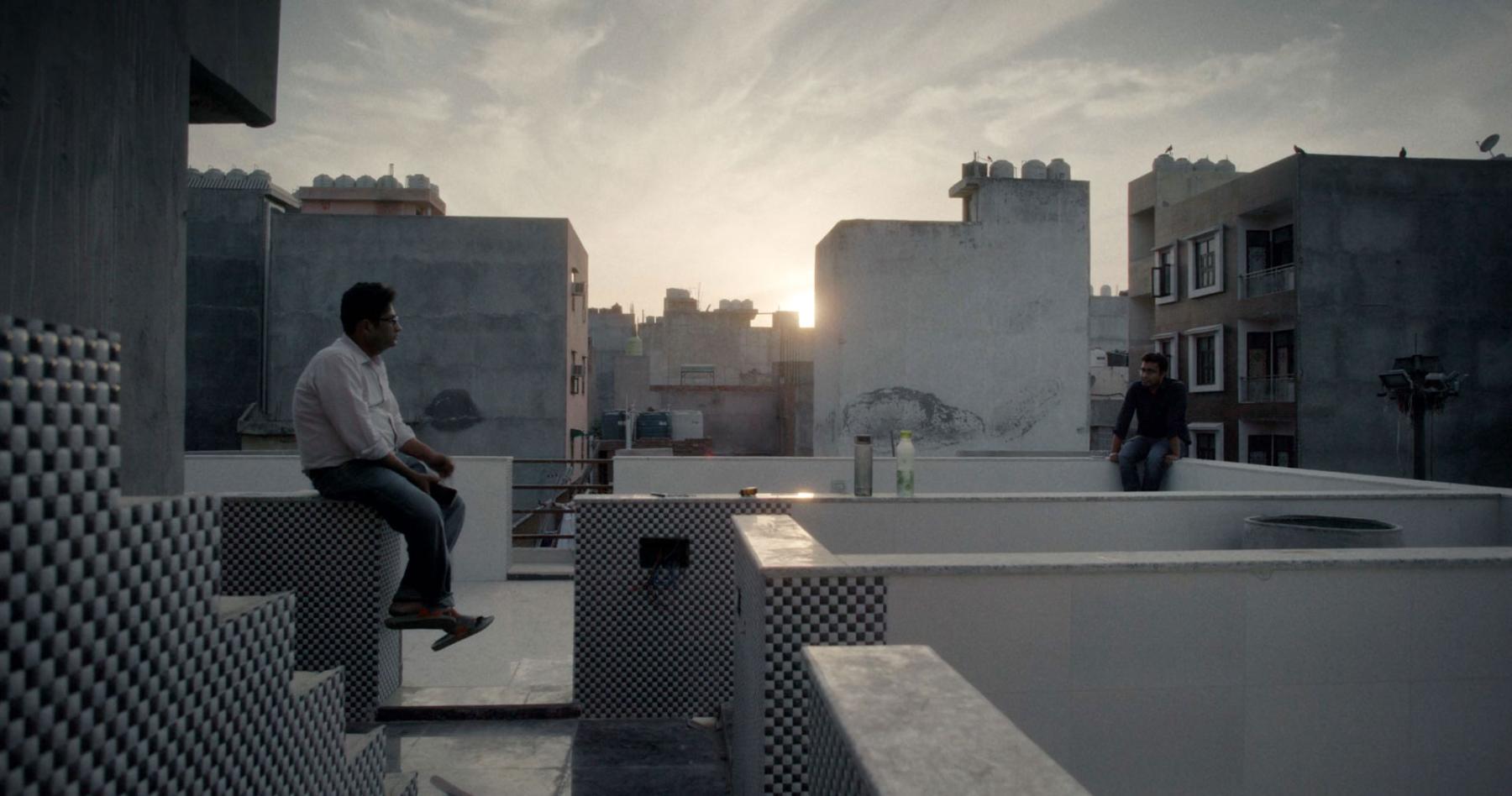
The documentary focuses on the affectionately combative relationship between brothers Nadeem Shehzad and Mohammed Saud, and their younger cousin and assistant, Salik Rehman—all of whom run a makeshift avian hospital in a basement in Delhi. As children, the brothers watched black kites draw patterns across the sky while their elders tossed meat upwards for the birds to feed on—an act believed to earn Muslims religious credit. Later, when they took an injured kite to a Jain temple known to treat birds, it was rejected from receiving care because of its carnivorous diet. Since then, the siblings took it upon themselves to treat the predatory birds ubiquitous to Delhi. Armed with anatomical knowledge from their formative training as bodybuilders, Nadeem and Saud come across as deeply thinking individuals who are aware of their place in relation to the larger ecological crisis. In his endearing innocence, Salik offers some levity to these anxieties, often pondering aloud about apocalyptic situations in playful wonderment.
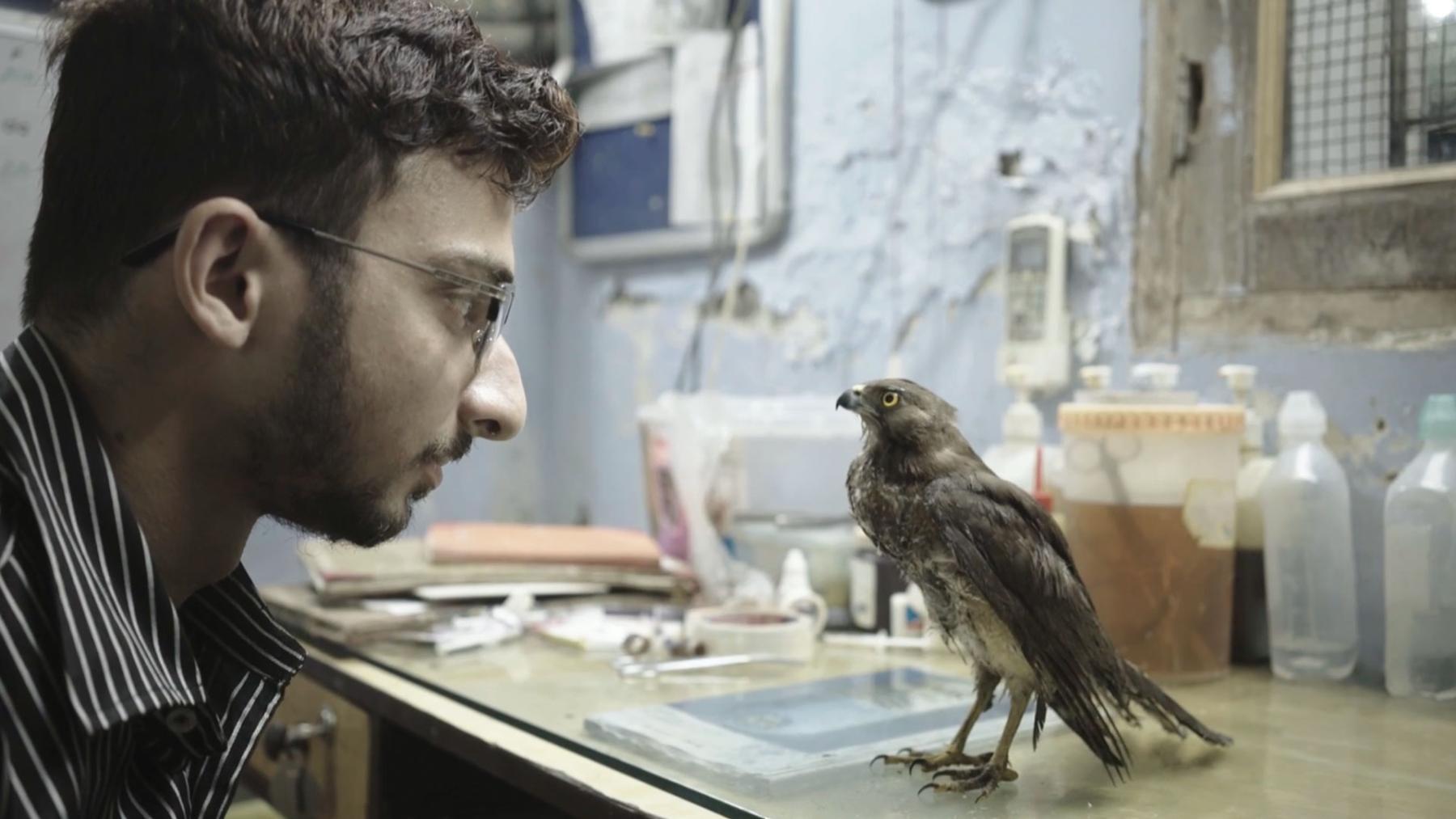
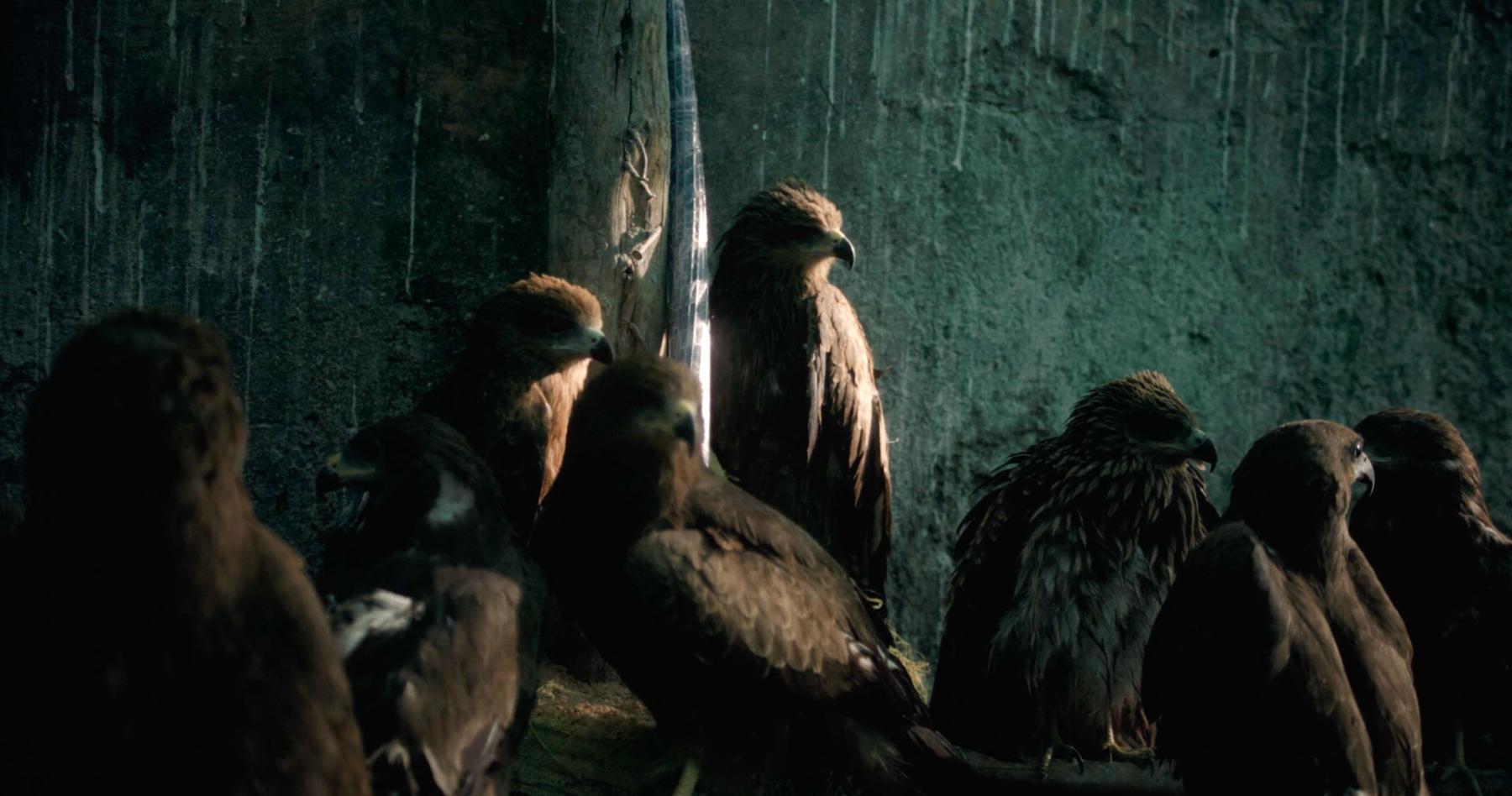
All of them are seen working against friction to save the black kites that are crucial to Delhi’s waste-management cycles. The birds come to them with unusual bone and neural deformities due to air pollution, besides injured wings from kite-flying practices that use fatal, glass-coated strings. Once treated, the birds are nursed back to strength and rehabilitated into the wild—except, according to Saud, humans now constitute their “natural” environment. The voiceovers address the way in which many species have evolved and improvised to suit the new conditions of the Anthropocene. For instance, some birds have started singing to each other at a louder pitch to be able to communicate over the din of urban traffic. Black kites have started carrying cigarette butts after they were found to act as parasite repellents. Feeding off the gigantic garbage dumps of Delhi, the kites are an essential part of the city’s ecosystem, digesting its filth in accumulative strides.
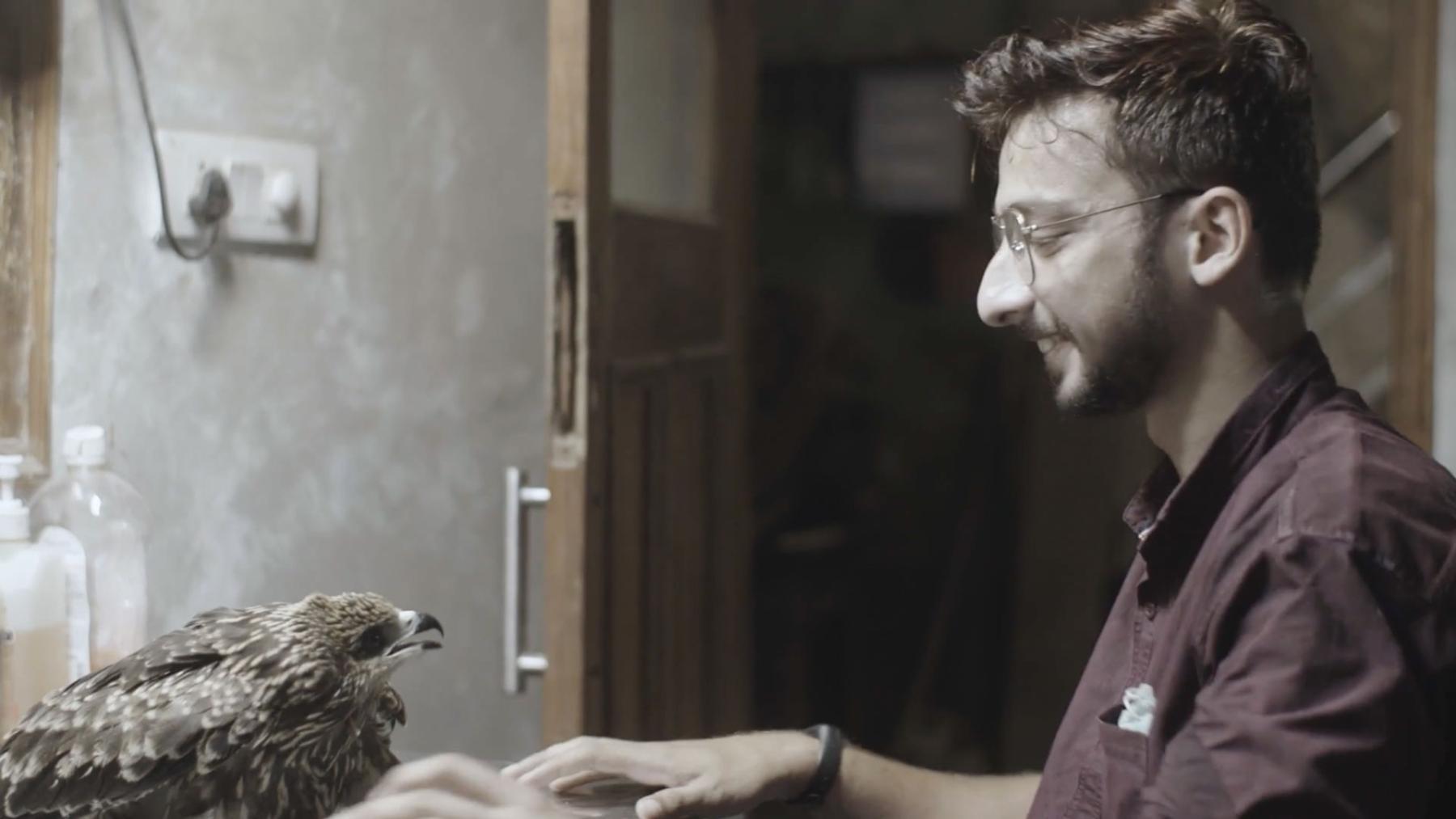
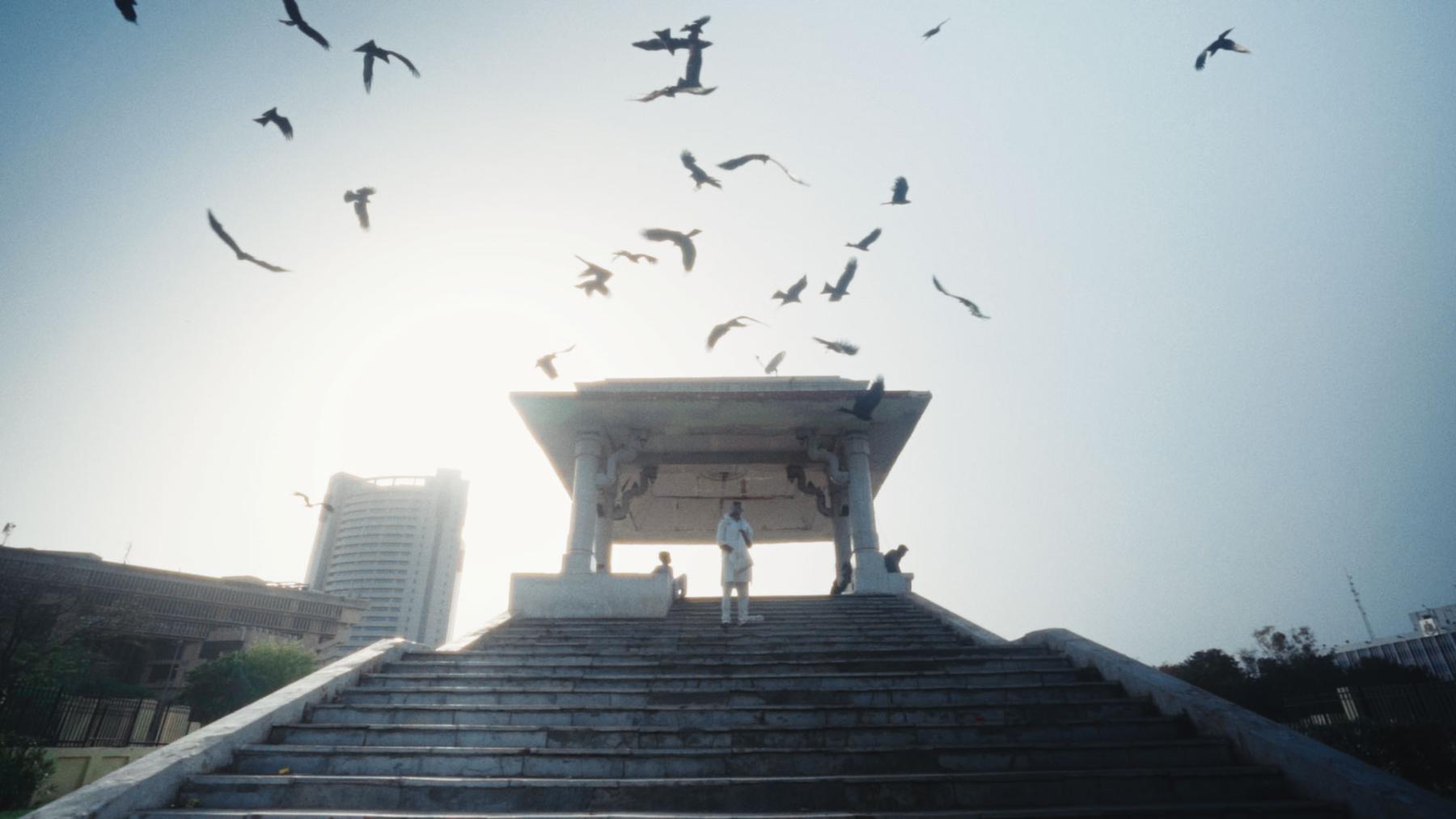
Filmmaker Shaunak Sen opts for a poetic voiceover that evokes affect without resorting to the mawkish sentimentality often associated with climate change narratives. He veers away from both the reportorial use of statistics and the vérité style of visualising macro issues on screen. Through technical manoeuvres, Sen instead creates impressionistic palimpsests of life: a bonfire gives way to a snail in the foreground of the frame; an aeroplane flies over a puddle of water as a centipede crawls out of it; a tortoise rummages through a pile of garbage before contemplating the traffic on the horizon. In fact, the film opens with a slow, downward pan before focusing on street rats—subterranean beings thought to be apart from the avian forms that the film focuses on after. As the narrative progresses, the gaze seems to clearly establish distributed attention to “all that breathes”—in tandem with Nadeem and Saud’s late mother’s insistence on their non-hierarchical significance. The film places these images against those of the gruelling groundwork done by the brothers to keep their mission afloat. This involves not only the task of tending to and feeding the birds, but also running a soap dispensary business on the side for regular sustenance.
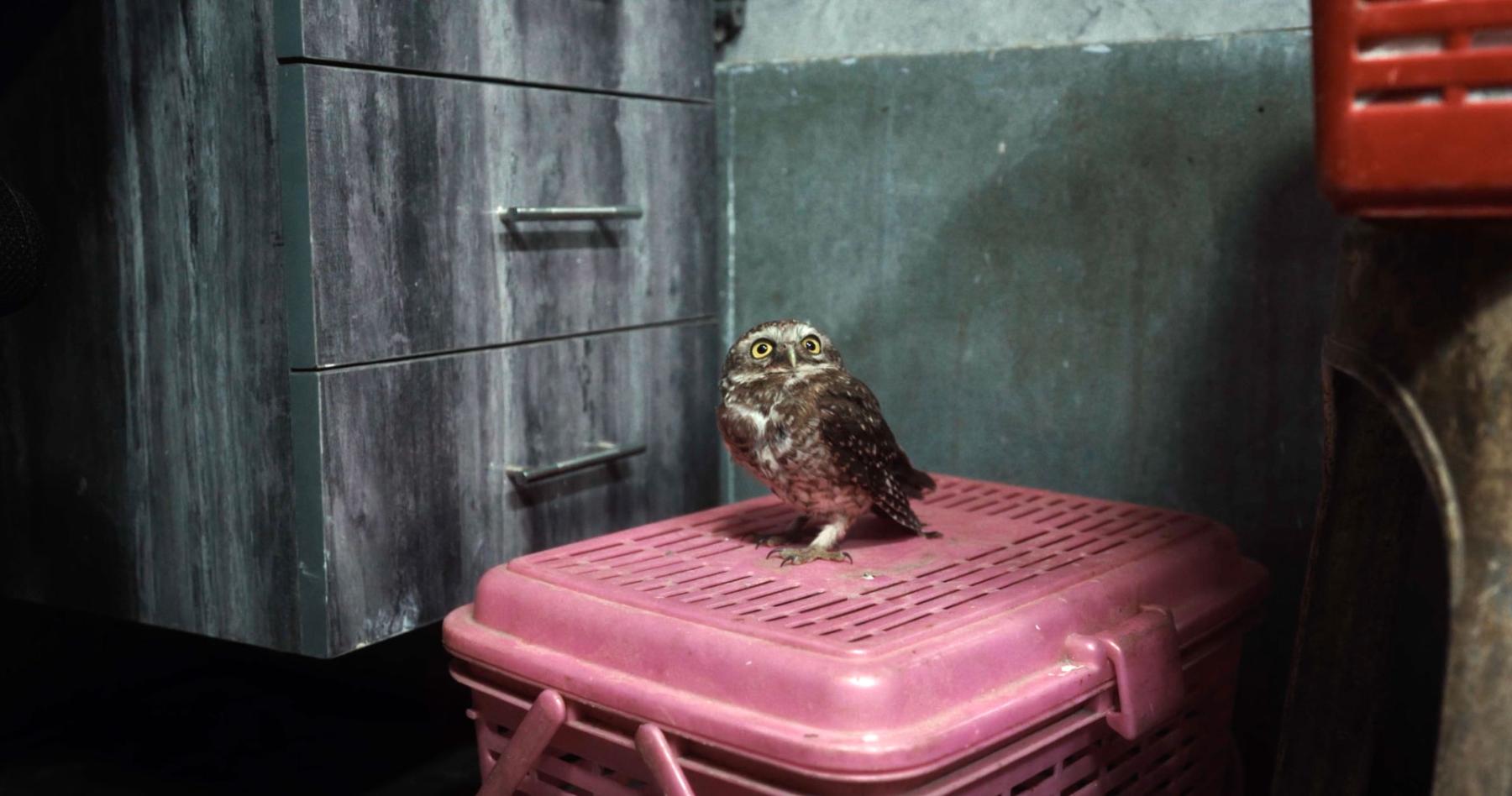
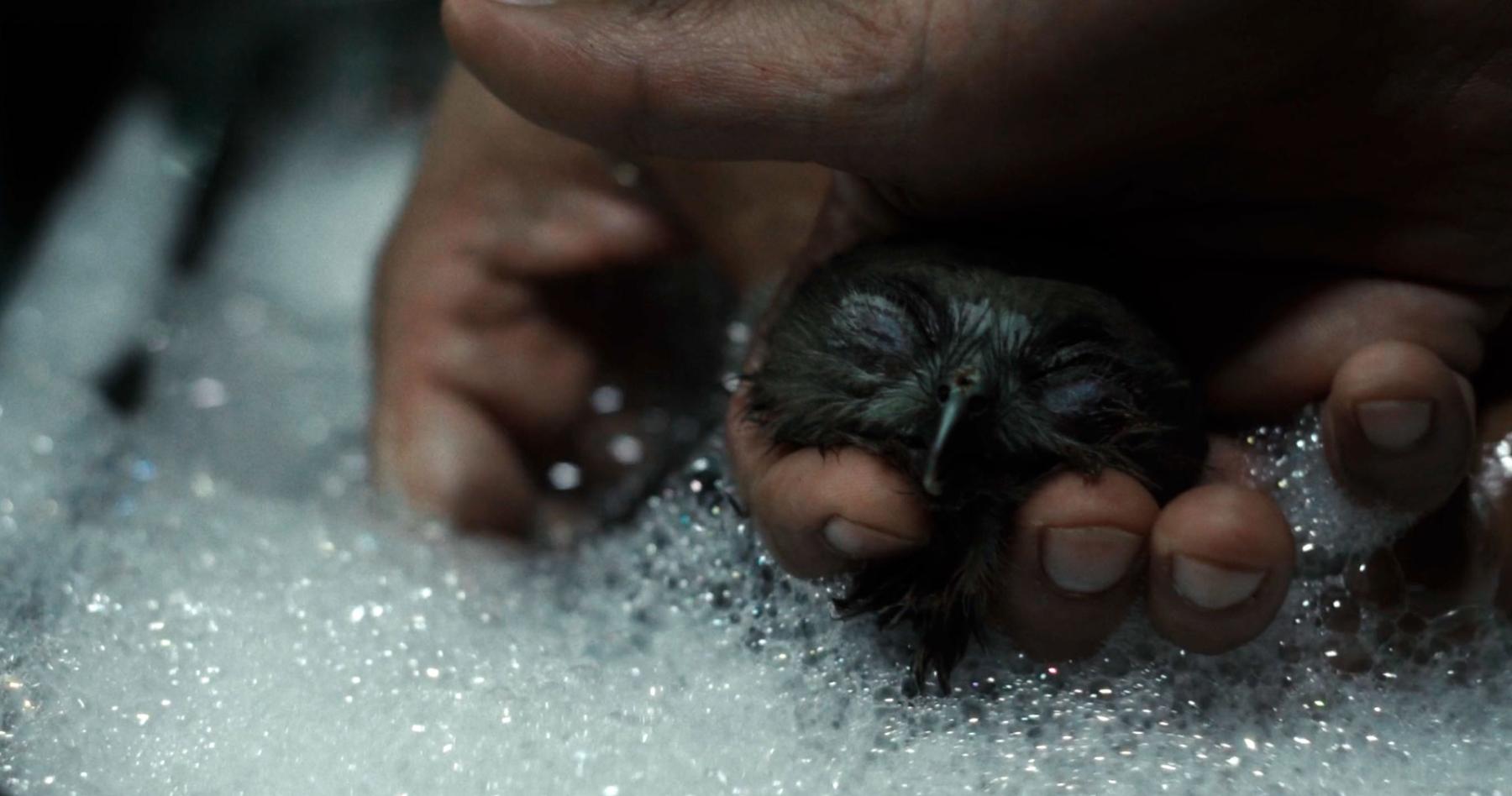
These images are interrupted through sonic leakages, which include not only the azaan from the local mosque but also sounds of protest and declarations of resistance through loudspeakers and the news on television. They attest to the rising Islamophobic sentiment, bolstered by the proposed introduction of the Citizenship Amendment Act, which covertly discriminates against Muslim citizens of the country. The tensions culminate in mob violence in Northeast Delhi in February 2020, which puts the brothers, their families, and the raptors at risk. In one scene, we see Saud patrolling the gates of his house, and we cannot help but draw a parallel with a kite protecting its nest. Even in their wildlife-oriented ambitions, the brothers are not separate from their social identity. They form a part of a larger population that is vilified and targeted, by mainstream media and Hindutva factions alike, along nebulous understandings of history that brands them as “outsiders”. Saud talks about how the use of terms such as “termites” and “rats” to address people of a lower social location has turned a political issue into one of hygiene. These cognitive overlaps attest to anxieties around miscegenation, putting vulnerable bodies at risk of arbitrary harassment. The brothers’ care of the birds then points to their own precarity in a nation riding on a majoritarian wave. Both species are perpetually alert, exhausted, and short on resources. Ultimately, through a lyrical kinship in states of abuse, they save each other.
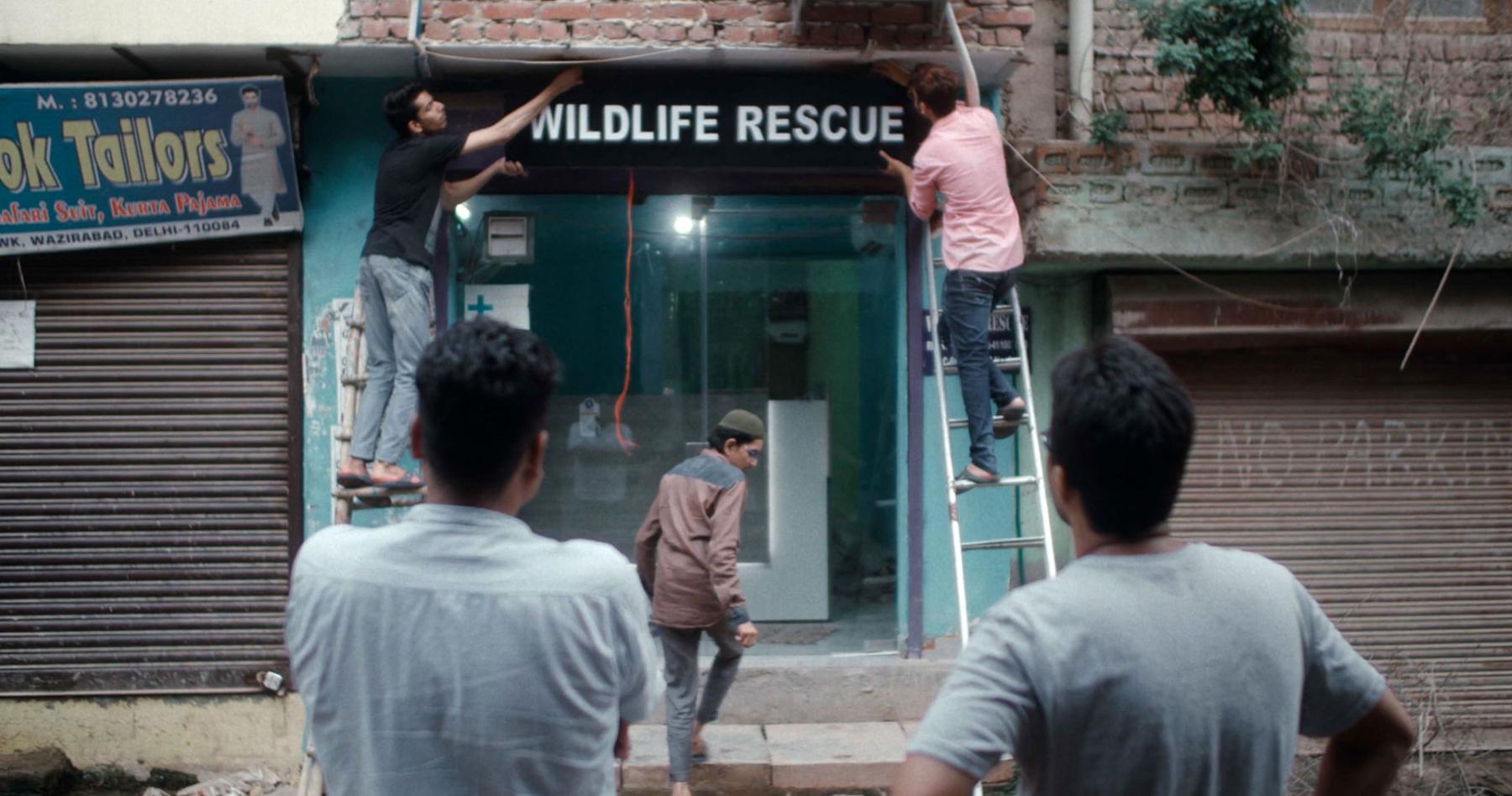
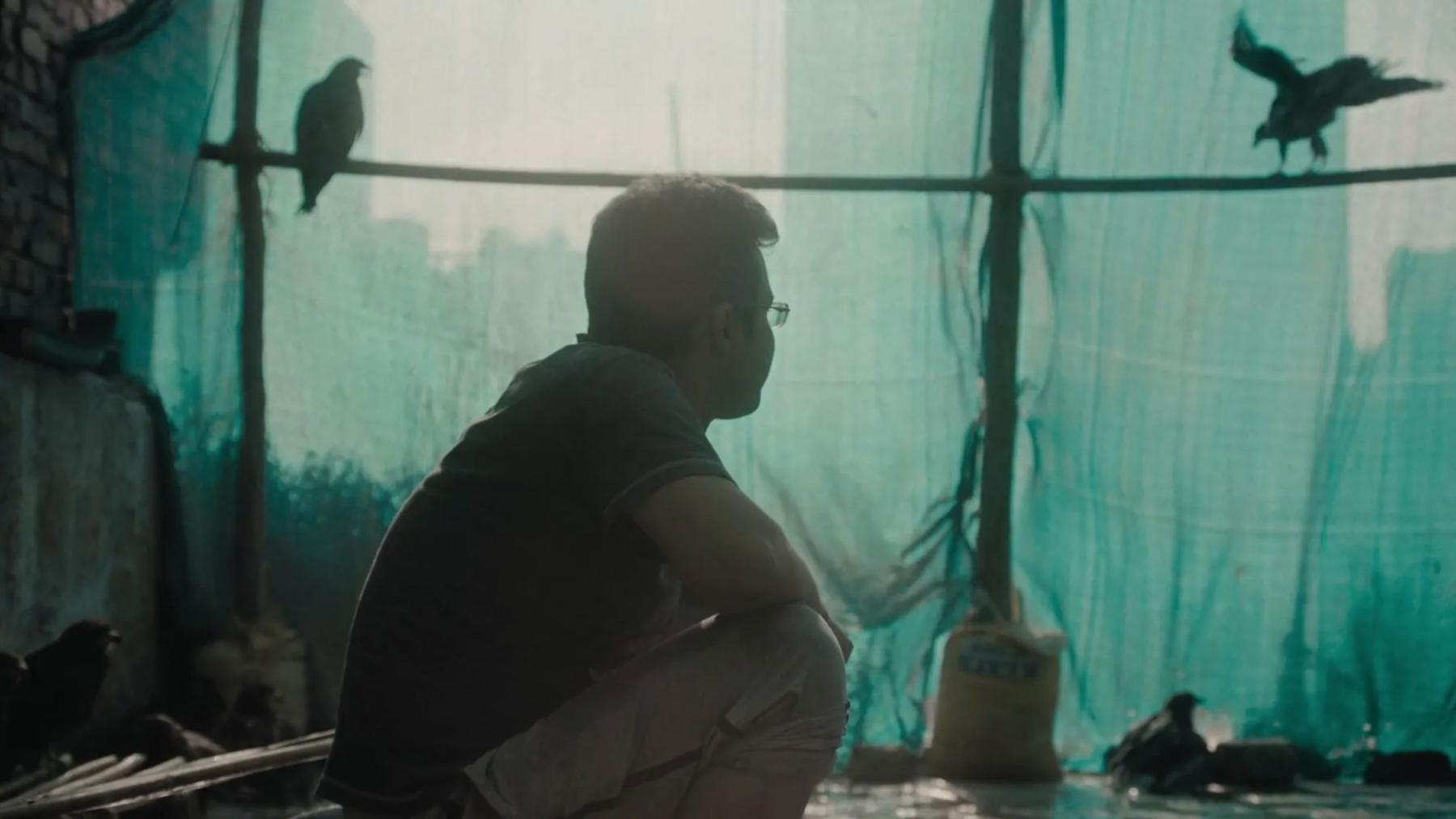
Towards the end of All That Breathes, things start to look up for the unit as funding comes through and they are able to set up a proper aviary on their rooftop. In its panoramic vision of seismic shifts, the film captures a precipitous moment of change through the brothers’ story and plural interiorities. The film explores ecology vertically through its focus on the birds, while simultaneously exploring their horizontal impulse of cohabitation with other beings. In its elliptical approach, the film seems to follow the calm, gliding motions of the black kite in the sky as it inspects the scale of an ecological collapse that is otherwise unintelligible. Combining observational grammar with aestheticised gaze, the camera tracks behavioural changes in the new climate—ecological as well as political—as it meanders through a host of animate lives in the city of Delhi.
To learn more about All That Breathes, please click here.
To learn more about the films screened at the 2022 edition of the Dharamshala International Film Festival, please click here, here, here and here.
All images from the film All That Breathes (2022) by Shaunak Sen. Images courtesy of the director and the Dharamshala International Film Festival.




